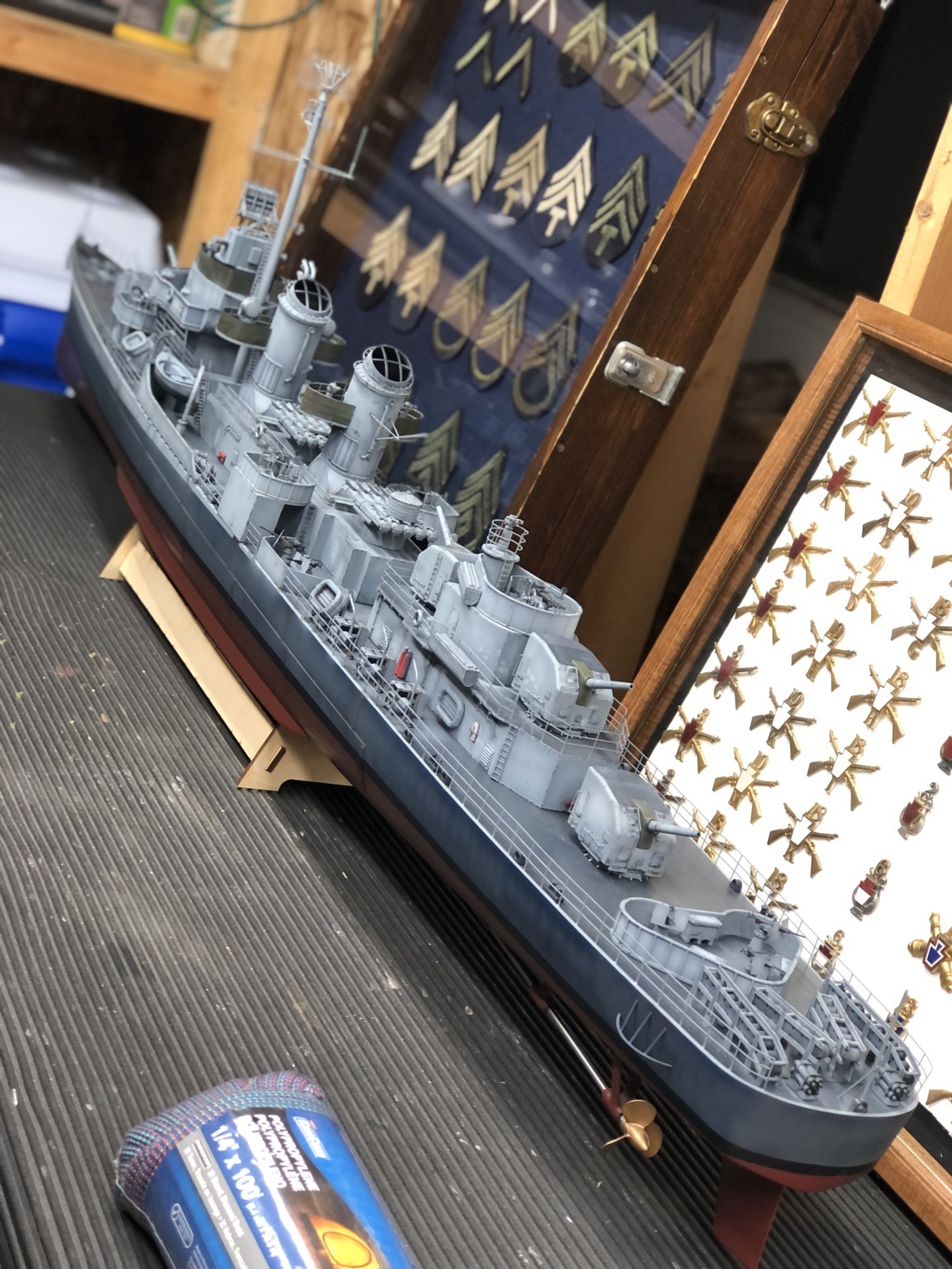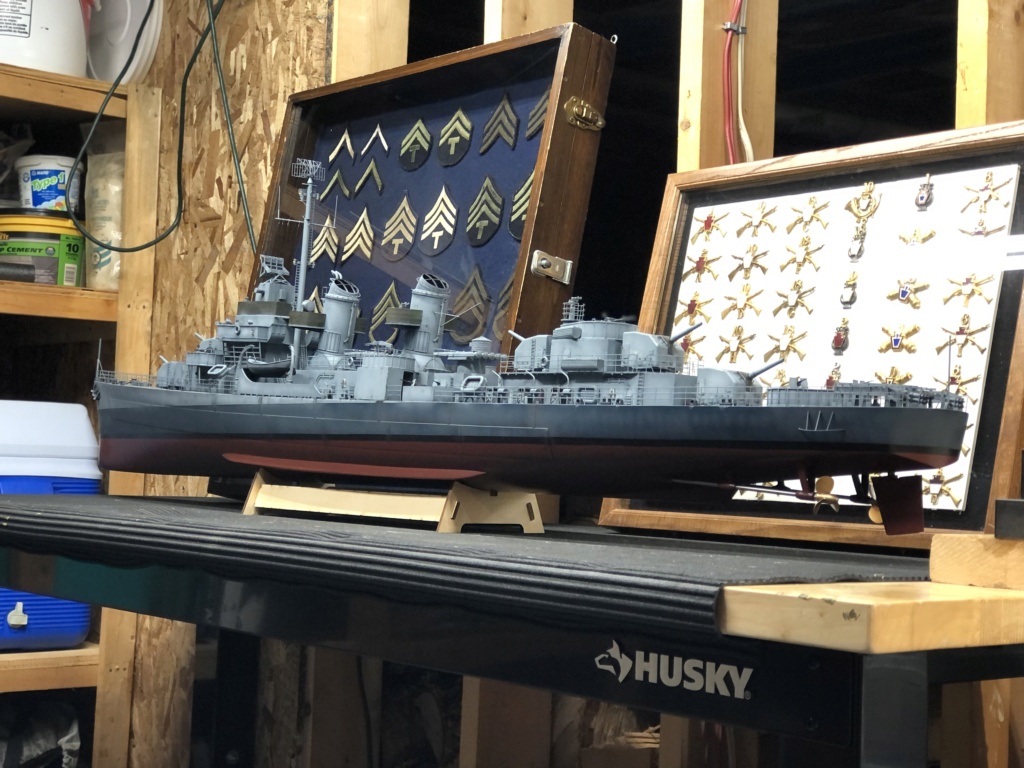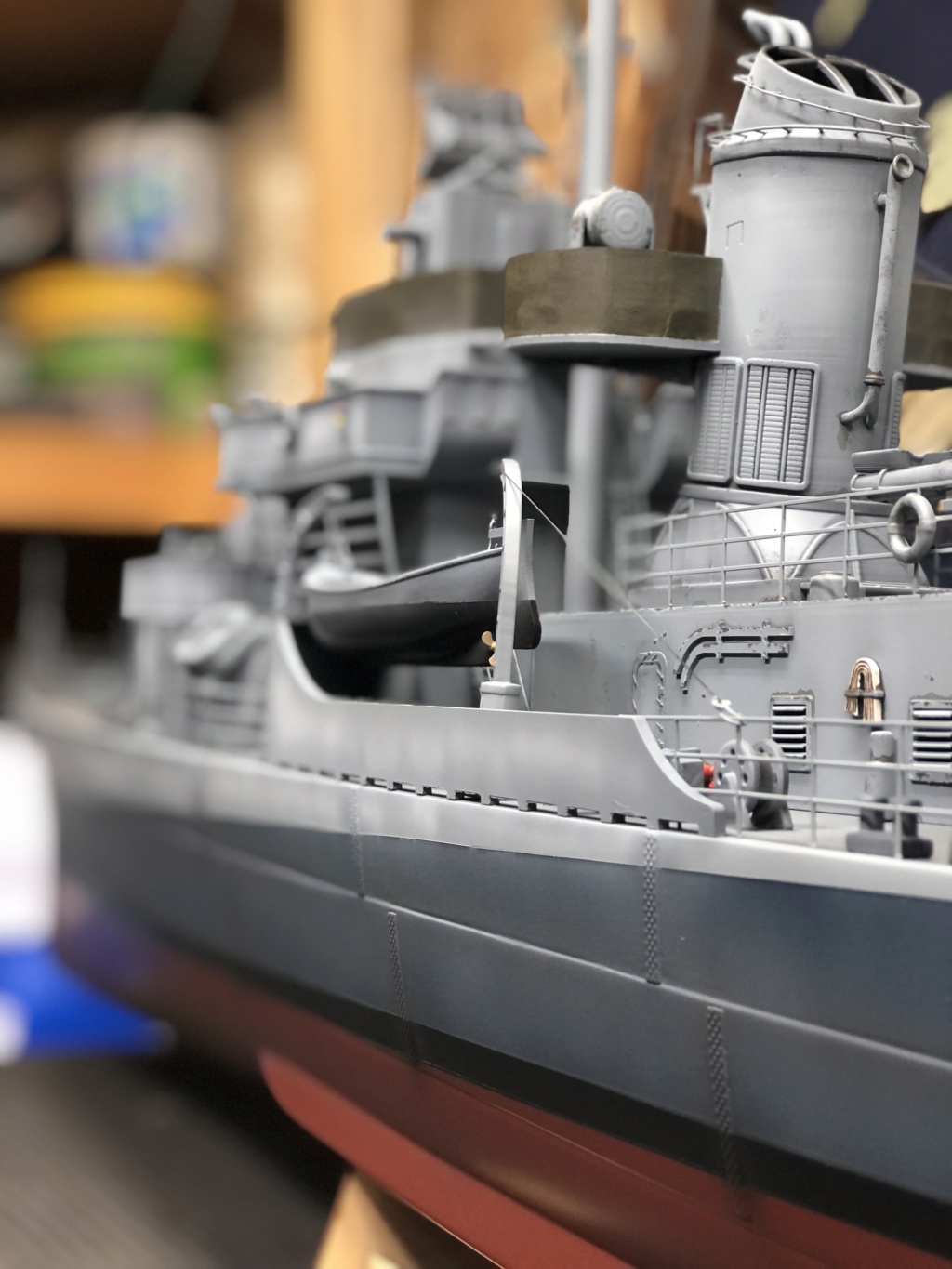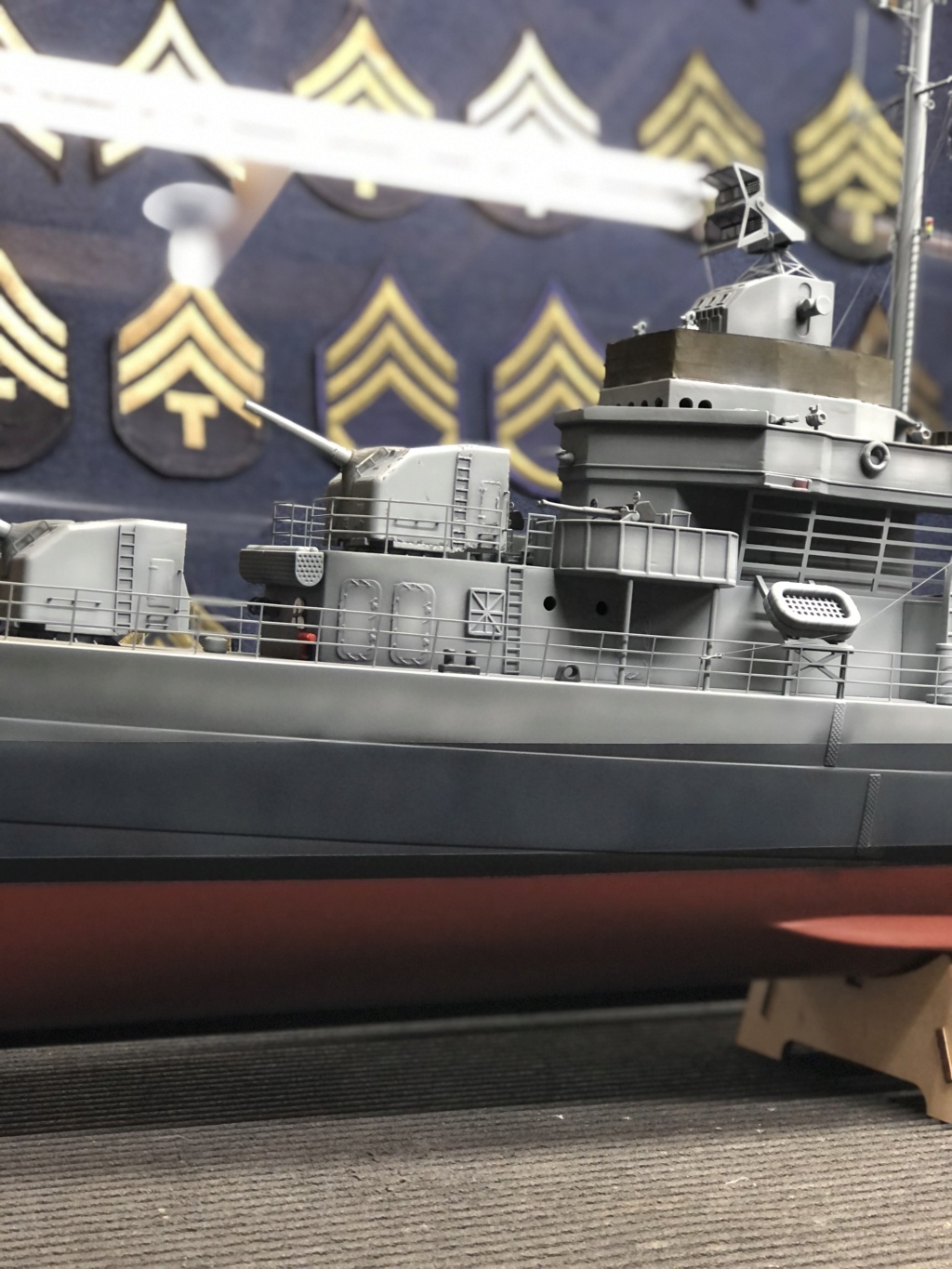What is the best way to create salt and rust stains/streaks on model ships please ? Must I use a clear gloss coat or can I just use a clear matte coat prior to weathering ? I prefer using acrylic paints over enamel. Thank you. Rob
There is a difference beteen metaf and wood hull snd wooden hull. On the latter, rust only is found on fittings, and as a transparant stains below fittigs. Most paint lines havie a rust color. I sometimes add a bit uf yellow on edges of brown.
i often apply rust as a wasb, or drybrush it.
LifeColor makes a salt stain wash for overall coverage - I’ve never mastered it’s effective use. I will use Faber or Prismacolor artists pencils in white or light gray for some salt highlights. I was recently shown the use of a grass green pencil at the waterline for scum.
Thank you for the replies. Must a clear gloss coat be used prior or can I use a flat/matte clear coat prior to doing the stains ? Thank you
I have often been told to use a gloss over the paint before weathering. This makes it easier to correct mistakes. Dull coats have fine particulates which scatter the light reflection. Weathering materials will get trapped among the particles resulting in a cloudy appearance when you try to clean up.
Paint, gloss, weather, flat
Hi!
Although I don’t do it very often, I have weathered the ships with Runoff from deck relief ports and other places. Always with an eye toward less not more, Even Shell Tankers used fresh water washdowns at times.
Rust was minimal at best because a well maintained ship or other steel vessel would have work done constantly in the war on rust! The runoff was and is some rather streaky whitish stains down the hull sides. Usually at an angle as they mimiced the path of the ship moving forward in the salt water. In many ships today you only see a ghosting if this phenomina.
That is one excellent point. Along with the maintanence standpoint I think many folks may not be aware of the pride units took in their equipment. In particular, howitzer batteries.
Ah!
Having met some of the crews from those batteries I can definitely agree there!
As far as the clear coat, there are a couple of variables. On sailing ships, you wouldn’t need the clear coat.
On steel ships, the first question is whether it is a warship with various decals. If so, you will want a gloss coat first so that the decals lay down well.
After that, the next question is what kind of weathering you are going to do. If you are doing a wash, then a gloss clear coat would seal the underying paint so the wash won’t get sucked into the paint. If you are going to use oils or pastels for the weathering, then no clear coat required. But when you are finished, if you want to level out all of your paint colors, then a final flat coat is required. (also, if you used a gloss coat for any reason above)
When you do apply the dull coat, you may find that that the weathering stuff you used earlier is muted. If that bothers you, then on your next model, use brighter colors for the weathering.
Practice makes practice. Good luck.
Rick
Thank you for the replies everyone. I am painting and weathering a Bancroft RC 1/72 USS Fletcher model. I used Tamiya acrylics on it and have done all the weathering but the rust streaks and salt water streaks. I am ready to start this process,so the consensus is apply a clear gloss coat on the model. Is there a spray can product someone can recommend for this ? Do I use oil paints for the rust effects ? Once the rust effects are done can someone recommend a clear flat or dull coat product to use. Thank you. Rob 



That is a nice model! You’ll want a clear coat that is not succeptible to whatever you use for the weathering. I’d use Testors Gloos Cote in a rattle can.
Then weather with oil paint dissolved in odorless thinner like Turpenoid. Then Dull kote.
But for heavens sake test first whatever you try.
Bill
Good advice thank you Bill. [Y]
That is a beautiful model of a “Tin Can”. Good luck on your final weathering step.
Thank you [Y]